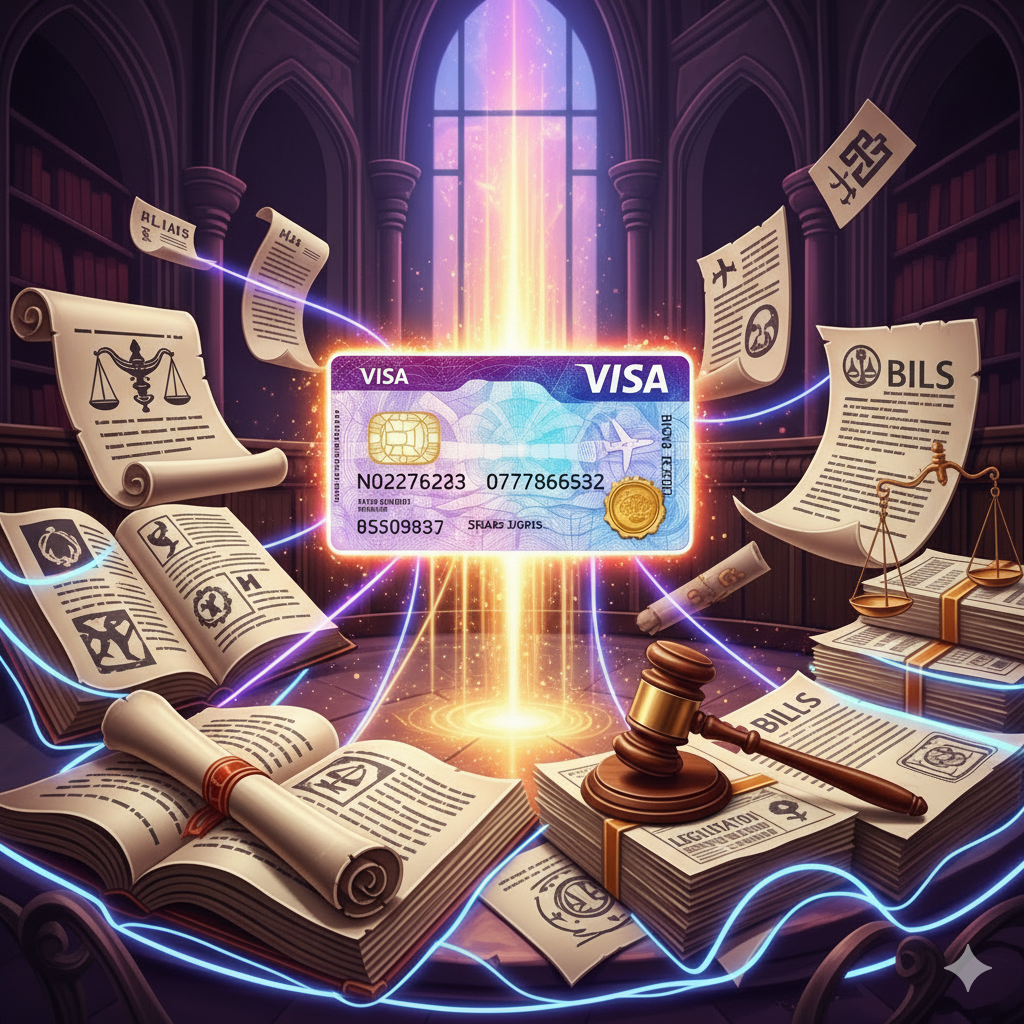Introduction
The President of India is often perceived as a ceremonial head, primarily executing the advice of the Council of Ministers. However, the President plays a crucial role in the legislative process under the Indian Constitution. While the extent of the President’s power is debated, particularly regarding whether the role is merely symbolic or holds substantial authority, the legislative process reveals both the limitations and discretionary powers of the office. This article critically evaluates the President’s role in law-making, highlighting instances where the office has exercised real influence.
Constitutional Provisions: The Role of the President in Legislation
The Indian Constitution provides specific roles for the President in the legislative process, primarily through Articles 52 to 78. The President’s involvement begins with the introduction of bills and extends to their approval or rejection.
1. Summoning and Dissolution of Parliament
Under Article 85, the President summons and prorogues both Houses of Parliament and has the power to dissolve the Lok Sabha. Although these actions are taken based on the advice of the Prime Minister and Council of Ministers, they are critical procedural functions that keep the legislative system operational.
2. Address to Parliament
Article 87 mandates that the President addresses a joint session of Parliament at the beginning of the first session each year, outlining government policies and legislative agendas.
3. Assent to Bills
The President’s role becomes more significant in giving assent to bills passed by Parliament:
- Ordinary Bills: As per Article 111, the President may approve, withhold, or return a bill for reconsideration. However, if Parliament passes the bill again, the President must give assent.
- Money Bills: Under Article 110, Money Bills require the prior recommendation of the President before introduction in the Lok Sabha. The President, however, cannot return or reject a Money Bill once passed.
- Constitutional Amendment Bills: The President is constitutionally bound to give assent to such bills, with no power to reject or return them.
4. Veto Powers of the President
The Indian President enjoys three types of veto powers:
- Absolute Veto: The President can refuse to give assent to a bill, effectively rejecting it. This is rarely used.
- Suspensive Veto: The President can return a non-Money Bill for reconsideration. If Parliament re-passes the bill, the President must assent.
- Pocket Veto: Unlike in the United States, the Indian President can withhold assent indefinitely without a time limit, effectively stalling a bill.
5. Promulgation of Ordinances
Article 123 empowers the President to issue ordinances when Parliament is not in session, provided immediate action is required. These ordinances have the same force as laws but must be approved by Parliament within six weeks of reassembly.
Is the President a Mere ‘Rubber Stamp’?
The criticism that the President is a mere “rubber stamp” stems from the requirement to act on ministerial advice under Article 74(1). The Supreme Court has reinforced this interpretation in multiple judgments, including the Shamsher Singh v. State of Punjab (1974) case, which held that the President must follow the advice of the Council of Ministers.
However, there are instances where Presidents have exercised independent judgment and discretion:
1. Use of Veto Powers
- Dr. Rajendra Prasad (1950-1962): India’s first President questioned several provisions of the Hindu Code Bill and suggested amendments.
- Giani Zail Singh (1982-1987): In 1986, he exercised the pocket veto by refusing to sign the Indian Post Office (Amendment) Bill, which sought to limit judicial review of postal censorship.
2. Refusal to Sign Controversial Bills
- K.R. Narayanan (1997-2002): He returned the Representation of the People (Amendment) Bill, 2002, which sought to remove disclosure requirements for candidates’ criminal records, citing democratic principles.
3. Discretion in Government Formation
- The President plays a crucial role in inviting parties to form the government in case of a hung Parliament. Examples include President R. Venkataraman (1987-1992) in appointing V.P. Singh as Prime Minister in 1989 and President A.P.J. Abdul Kalam (2002-2007) in handling political transitions.
4. Ordinance Powers and Their Controversies
While ordinances are meant for emergency situations, successive Presidents have issued them at the behest of ruling governments, often bypassing legislative scrutiny. This has led to debates on whether ordinance power is being misused.
Judicial Interpretations on the President’s Role
The Supreme Court has played a significant role in clarifying the President’s powers:
- Shamsher Singh v. State of Punjab (1974): Reinforced that the President is bound by ministerial advice except in a few discretionary cases.
- S.R. Bommai v. Union of India (1994): Limited the misuse of Article 356 (President’s Rule) by allowing judicial review.
- Kehar Singh v. Union of India (1989): Affirmed that the President’s pardoning power under Article 72 is subject to judicial review in cases of arbitrariness.
Comparison with Other Countries
In contrast to India, the President of the United States has far greater legislative influence, including the ability to veto bills, propose legislation, and address Congress directly. The President of India, being a constitutional head, does not have similar independent powers.
Suggestions to Strengthen the President’s Role
- Greater Discretion in Assent to Bills: The President should have clearer guidelines to exercise veto powers beyond a ceremonial role.
- Reforming the Ordinance System: Ordinances should be limited to genuine emergencies and require stronger judicial oversight.
- Enhancing Presidential Consultation: Encouraging greater engagement between the President and Parliament to uphold constitutional values.
- More Transparency in Government Formation: The President’s role in inviting parties to form the government should be better defined to prevent political manipulation.
Conclusion
While the Indian President is largely bound by ministerial advice, the office is not entirely powerless. The President exercises significant influence through veto powers, discretionary authority in government formation, and judicial interventions. The concept of the President being a “rubber stamp” is an oversimplification; rather, the office serves as a guardian of constitutional values. However, reforms are necessary to enhance the effectiveness of the President’s legislative role while maintaining the delicate balance of power in a parliamentary democracy.




